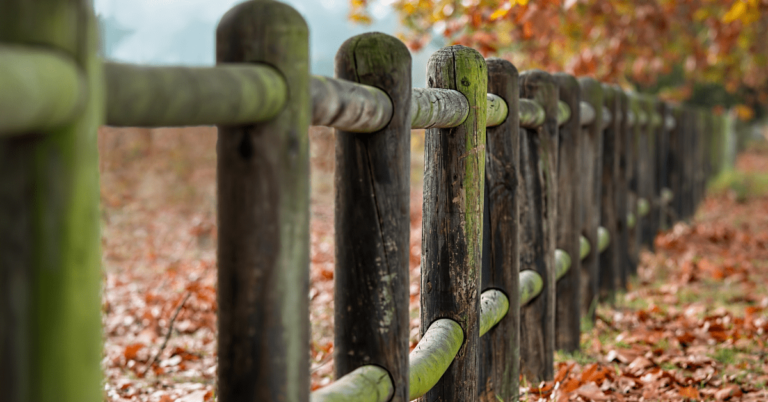Bird feeders are a fantastic way to invite the beauty of wild birds into your backyard, providing hours of birdwatching enjoyment. However, many homeowners unknowingly make mistakes that can either deter birds from visiting or even harm them. In this guide, we’ll highlight eight common bird feeder mistakes you might be making and provide actionable solutions to attract more birds while keeping them safe.
1. Using Only One Type of Feeder
Many homeowners make the mistake of using only one type of feeder, limiting the species of birds that visit their yard. Different birds are attracted to different types of feeders. For instance, finches prefer tube feeders, while woodpeckers and nuthatches are drawn to suet feeders.
Fix:
Invest in a variety of bird feeders, such as tube, platform, suet, and nectar feeders. Offering a range of feeding options will attract a more diverse group of bird species, making your backyard a haven for birdwatching.
2. Neglecting to Clean the Feeders
Dirty feeders are breeding grounds for bacteria, mold, and harmful pathogens, which can make birds sick or even lead to death. Regular cleaning is crucial to ensure the health of your feathered visitors.
Fix:
Clean your bird feeders every two weeks. Use hot, soapy water or a vinegar solution to sanitize them. Make sure to rinse thoroughly and let the feeders dry before refilling them with fresh seed. During rainy or humid weather, increase the cleaning frequency.
3. Offering Low-Quality Seed
Not all birdseed is created equal. Low-quality mixes often contain filler seeds like milo, which many birds avoid. These filler seeds can attract unwanted pests like squirrels and rodents. Plus, stale or moldy seed can deter birds from visiting altogether.
Fix:
Choose high-quality birdseed like black-oil sunflower seeds or nyjer seed, which are favored by many bird species. Store your birdseed in a cool, dry place to ensure freshness. This will not only attract more birds but also keep them coming back.
4. Not Refilling Feeders Regularly
Birds are creatures of habit. Once they locate a reliable food source, they will return frequently. If your feeders are empty for long periods, birds may stop visiting and look for food elsewhere.
Fix:
Check your bird feeders daily, especially during colder months when birds rely more heavily on external food sources. Keeping your feeders consistently full will encourage a steady flow of bird traffic to your yard.
5. Ignoring the Importance of Water
Food is important, but birds also need water for drinking and bathing. A birdbath near your feeders can enhance the number of birds that visit your yard. Birds use water for hydration and to keep their feathers clean, which is essential for flight and insulation.
Fix:
Add a birdbath or a shallow water dish close to your feeders. Be sure to change the water regularly to prevent algae growth and provide clean drinking water. During winter, use a birdbath heater to prevent freezing.
6. Improper Feeder Placement
The location of your bird feeders can make a big difference in the safety of your feathered visitors. Placing feeders too close to windows increases the risk of bird collisions, and feeders near thick foliage can make birds easy targets for predators.
Fix:
Place feeders about 10-12 feet from trees or bushes, where birds can perch for safety but aren’t at immediate risk from predators like cats. To prevent window collisions, consider installing window decals or placing feeders closer to the window, so birds slow down when approaching.
7. Using Harmful Pesticides in Your Yard
Pesticides used in gardens can harm birds by contaminating their food sources and affecting their ability to navigate, avoid predators, or find food. Even small amounts of pesticides can have detrimental effects on their health.
Fix:
Avoid using pesticides in your yard. Opt for natural pest control solutions like companion planting or using beneficial insects like ladybugs. Letting a few bugs thrive can also benefit the birds, as many rely on insects as a food source.
8. Allowing Outdoor Cats Near Feeders
Cats are one of the leading causes of bird deaths in residential areas. Letting your cat roam freely outdoors, especially near bird feeders, can result in the injury or death of visiting birds.
Fix:
Keep your cats indoors or create a “catio” (an enclosed outdoor patio for cats) where they can enjoy the outdoors without harming birds. If you have outdoor cats in your neighborhood, consider raising awareness with your neighbors about keeping cats indoors, especially if bird feeders are nearby.
Final Thoughts
Feeding birds is a rewarding home improvement project that benefits both your outdoor space and local wildlife, but it’s important to do so in a way that prioritizes their health and safety. By avoiding these eight common bird feeder mistakes, you’ll create a safe, welcoming environment for a variety of bird species. Regular maintenance, quality food, fresh water, and safe feeder placement are key to attracting and caring for backyard birds, enhancing the beauty and vitality of your outdoor area.
Make these changes today and enjoy a healthier, more vibrant birdwatching experience right in your backyard!

